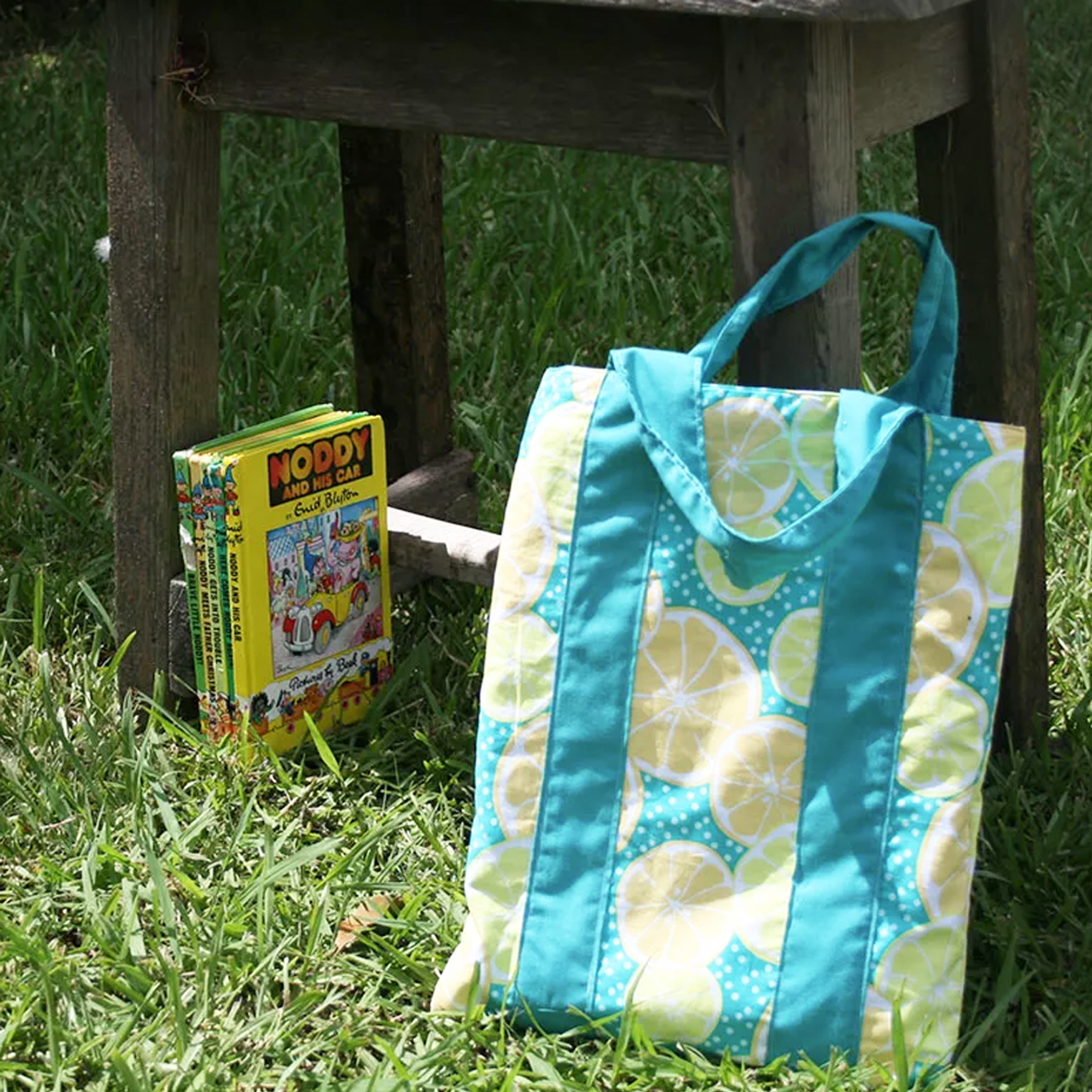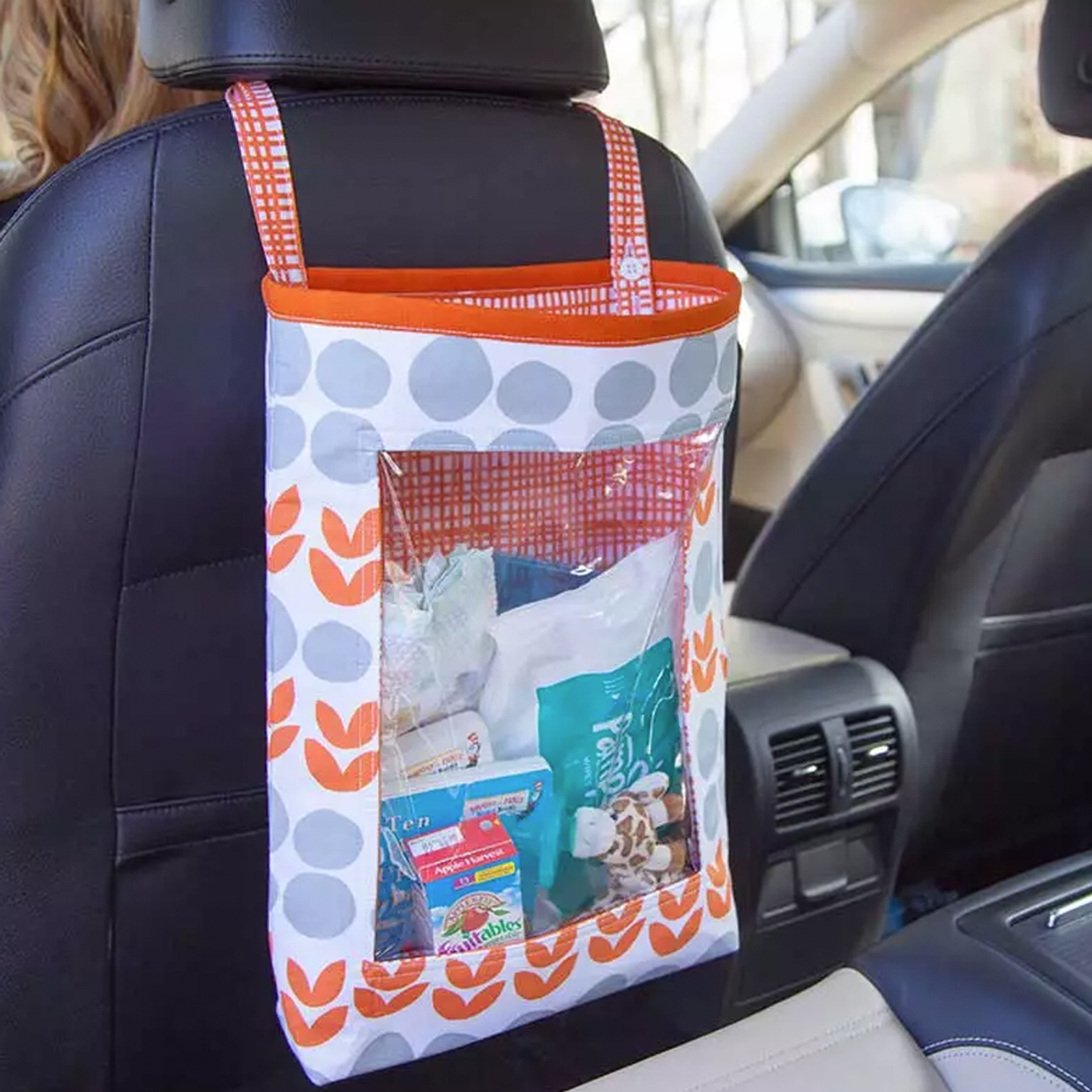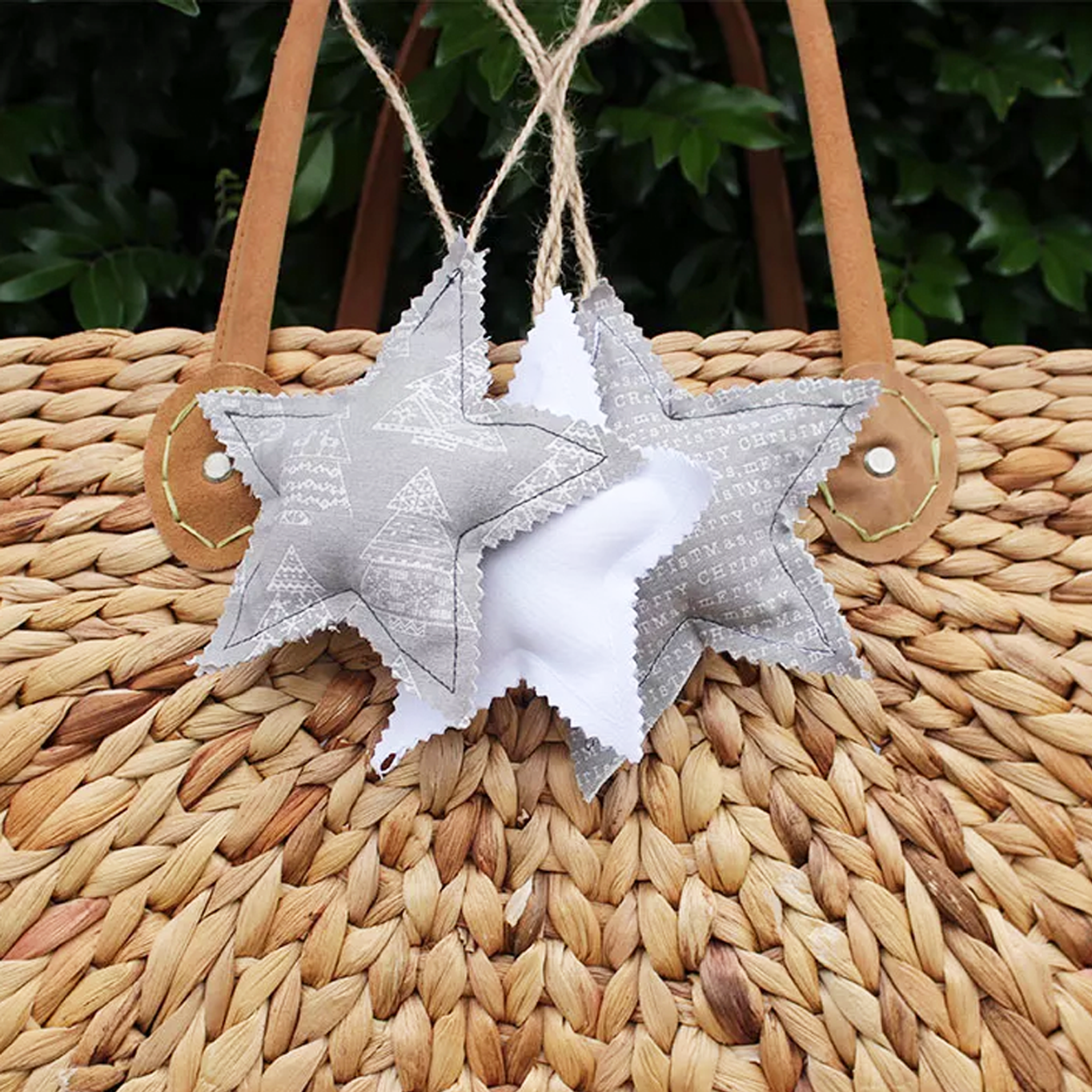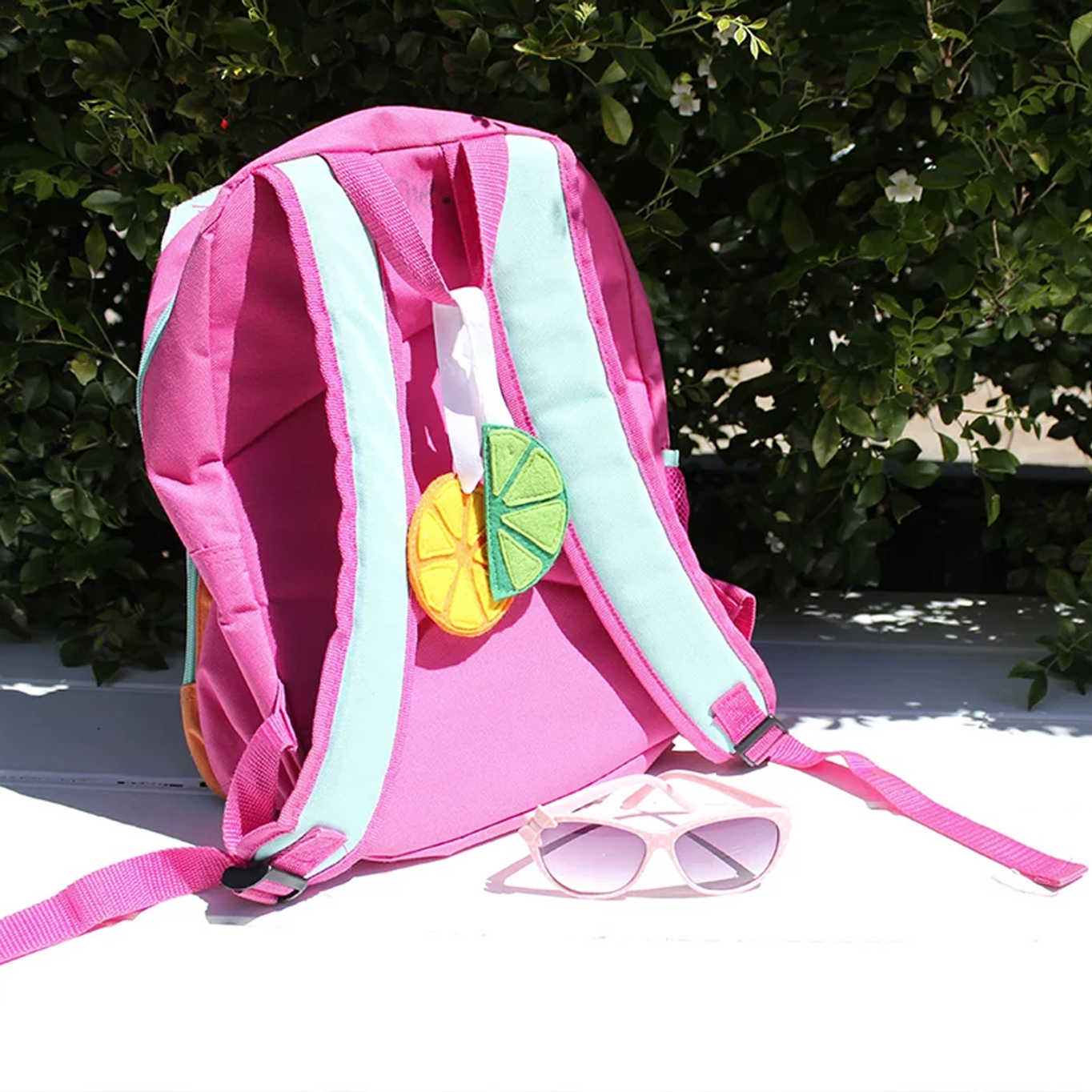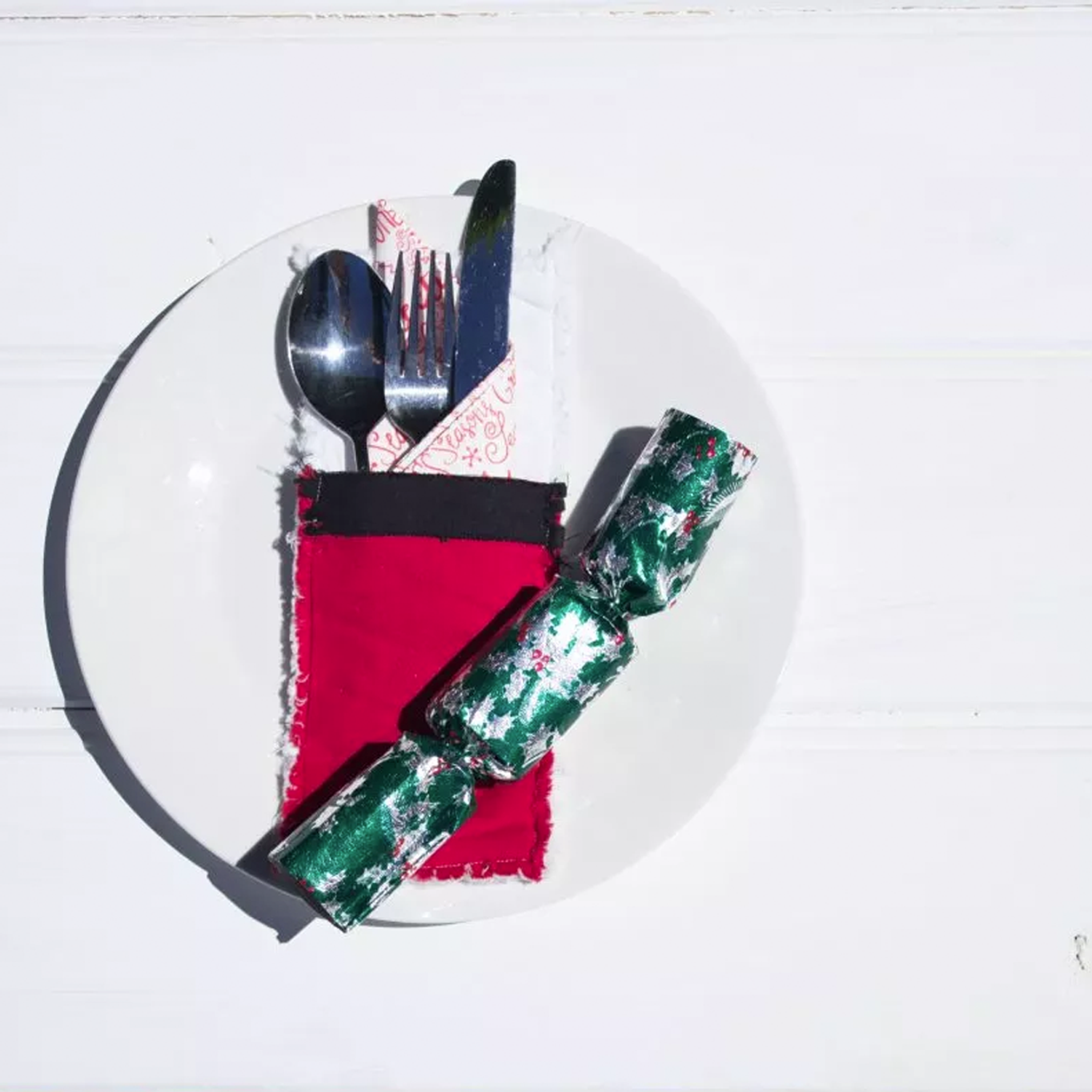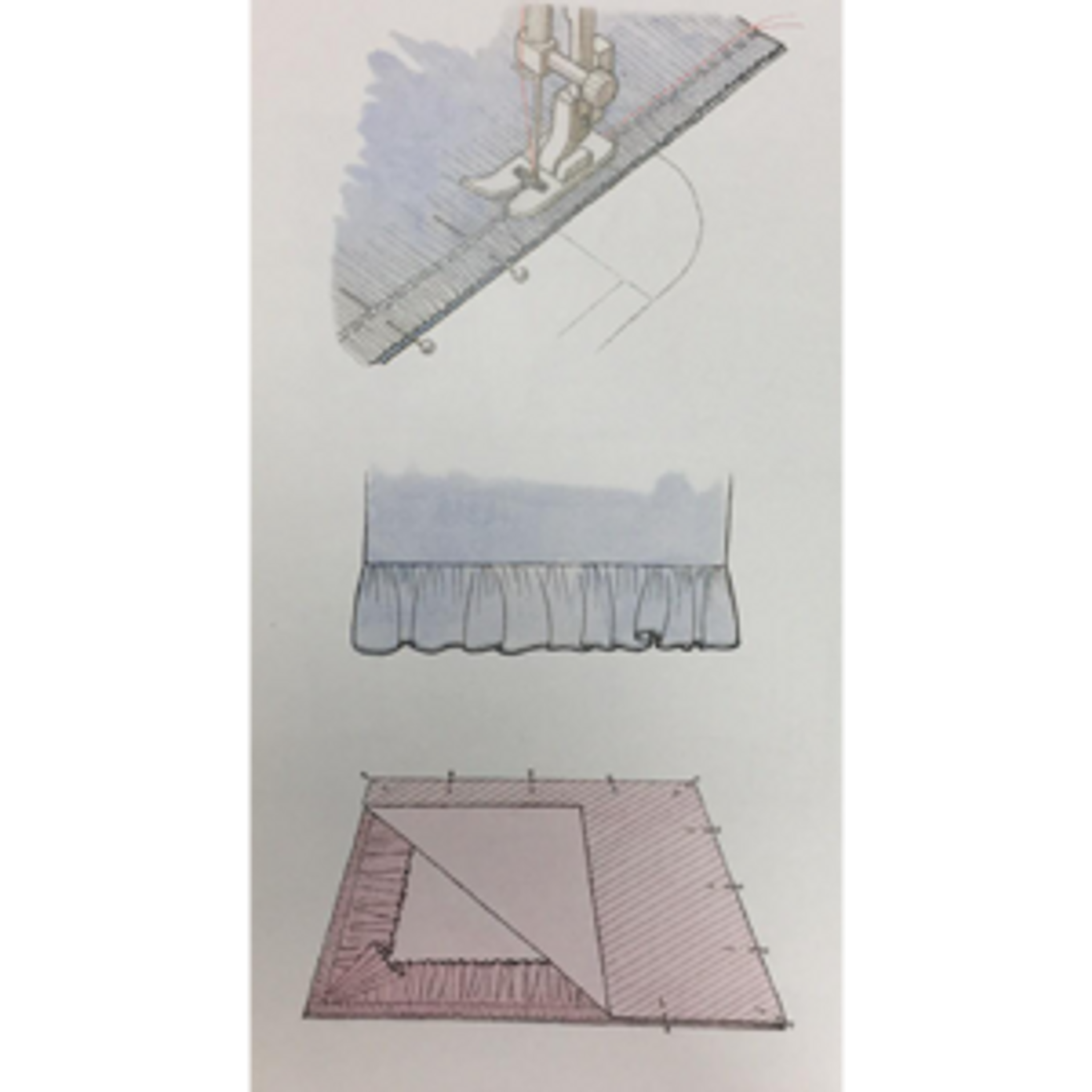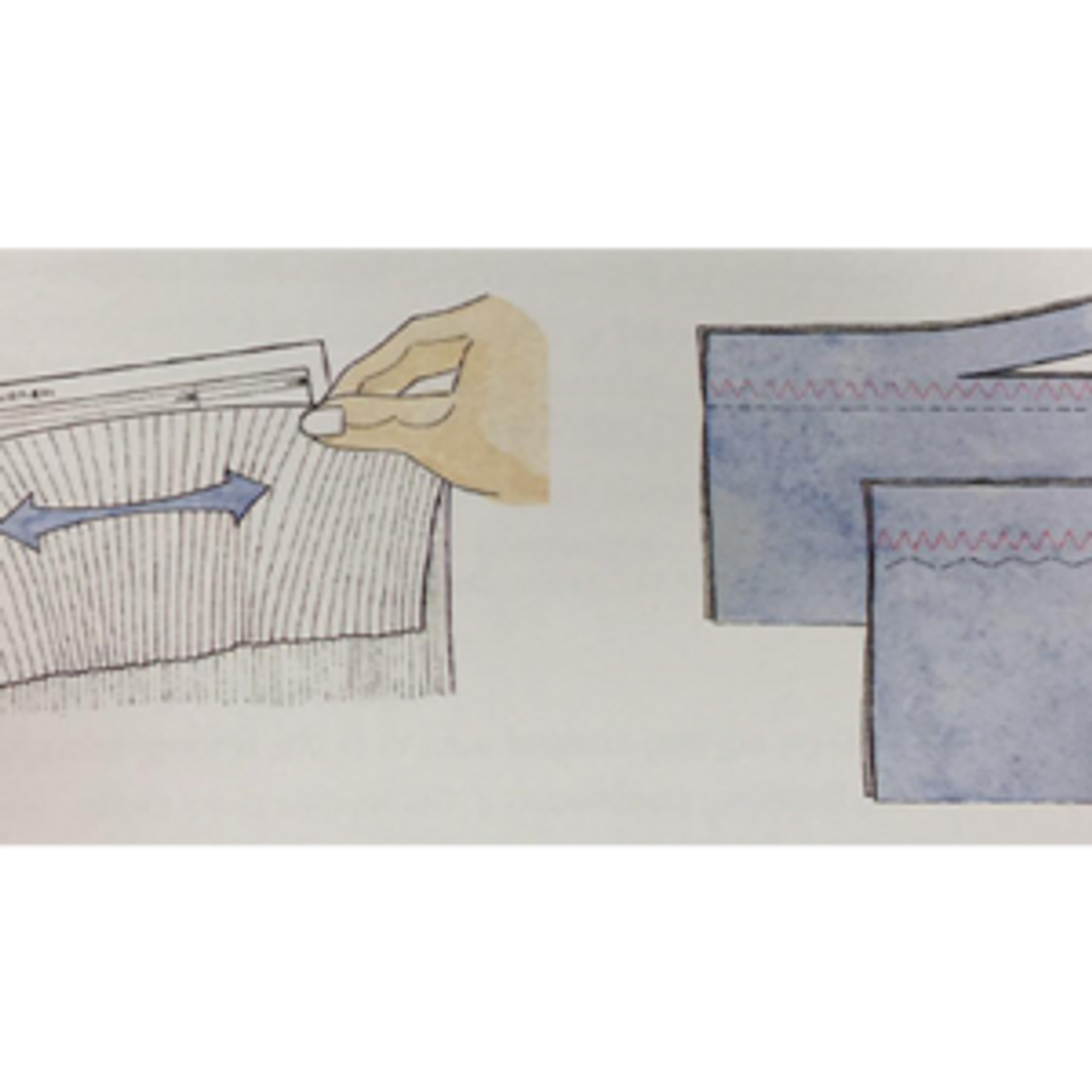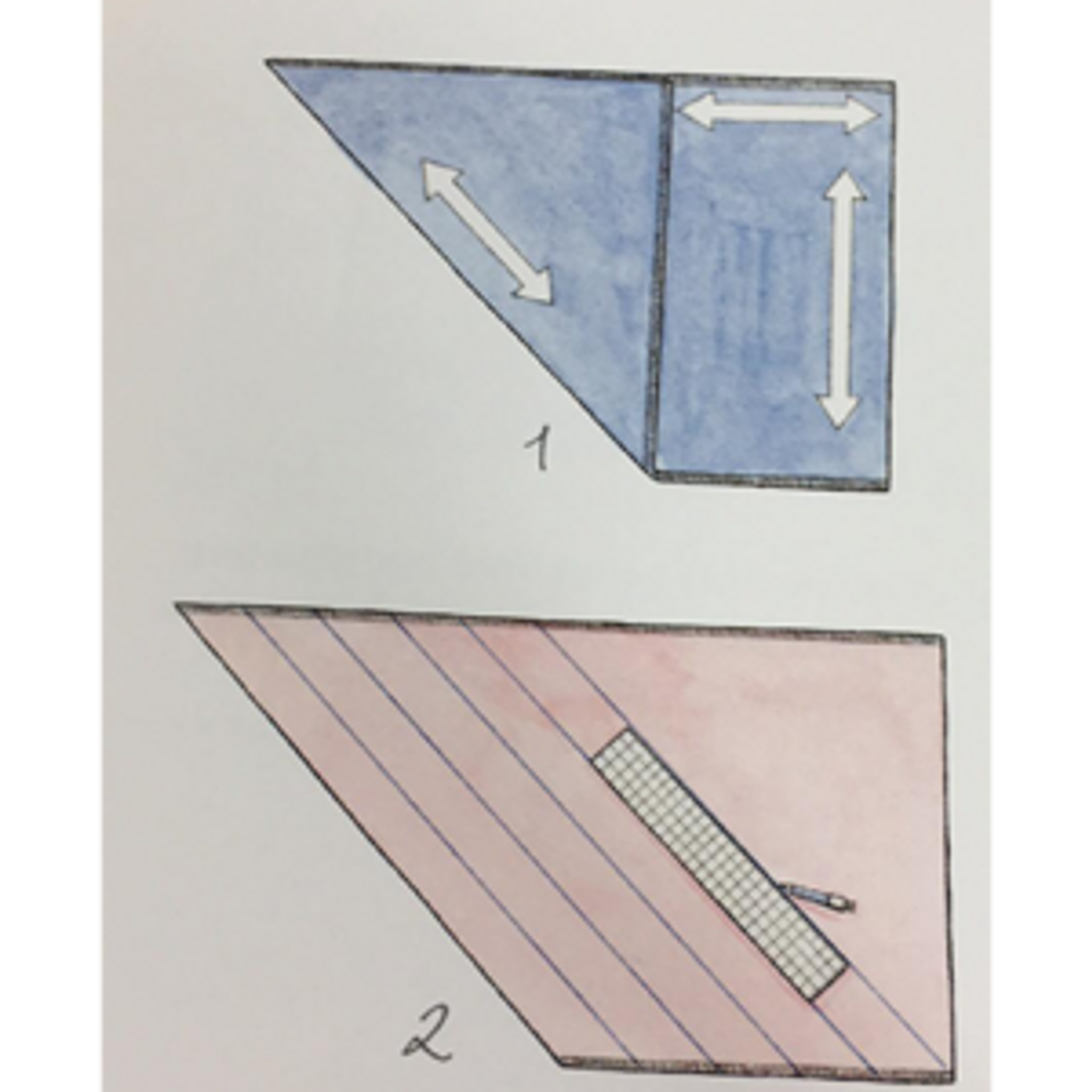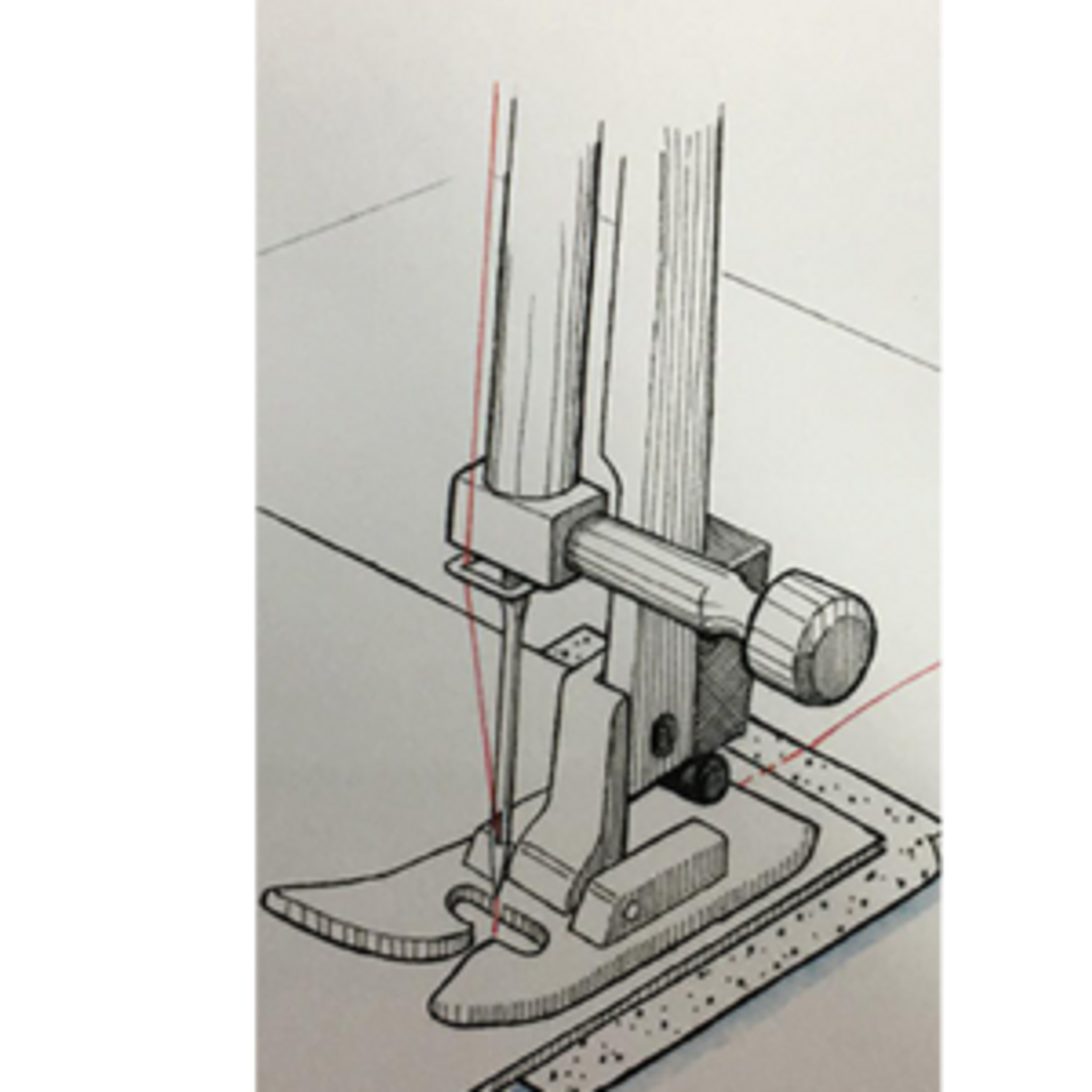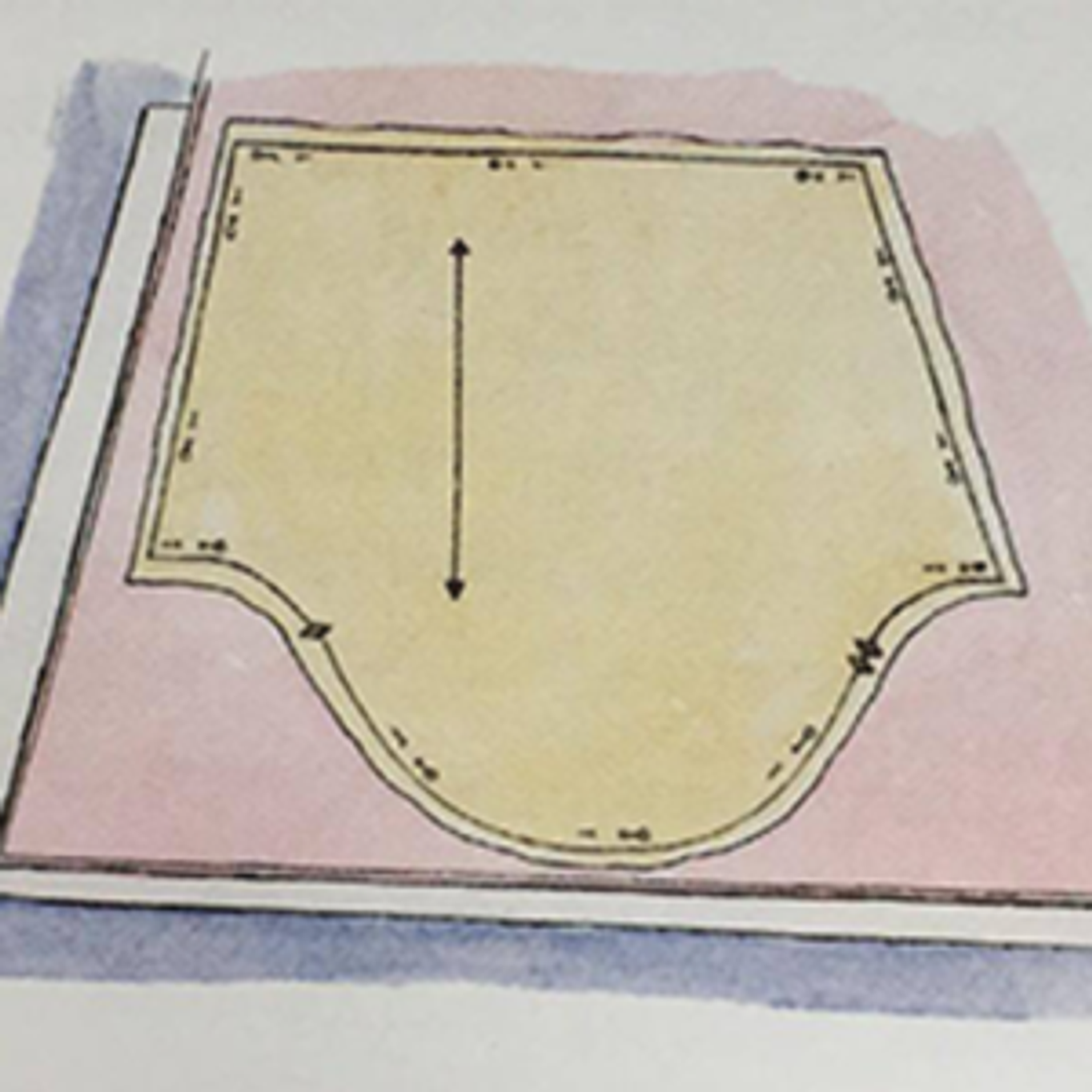If you're anything like me you'll have a Pinterest board (or boards, hey I’m not here to judge) full of inspiration for your sewing.Exhibit A:The problem is I tend to pin and forget. I'm always distracted by the latest pattern, a new piece of fabric (or an old piece rediscovered) and so I pin and pin and pin but never really look at my board.This changed recently however when I was shoulder surfing my work colleague
7th Feb 2017
Sew up some candy heart cushions for Valentine’s Day. This cushion is super easy to make, you will find it hard to stop at one!Shopping List:
Half metre fabric per cushion.Tear-away stabilizerEmbroidery threadCoordinating all-purpose threadHobby Fill. (amount will depend on how full you want the cushions.)ScissorsHand sewing needleCushion shape Template Embroidery:Instructions are for the Singer Quantum Stylist EM20
3rd Feb 2017
Create this fun and stylish book bag. This pattern is segmented down into easy steps making it a perfect beginner projectLevel: Beginner Skills Learnt: Straight Stitch, Pivoting, Bagging out, Taking measurements, Over locking stitchShopping List:1 piece of (Outer) Fabric1 piece of (Inner) Fabric1 Strip of Fabric 10cm x 2mScissorsPinsCoordinating threadsSetting up your machineSee the Sew as you Grow playlist on o
31st Jan 2017
Create a car organiser with a clear pocket and an adjustable strap. It is perfect to keep your essentials in.Shopping List:
⅝ yard (46cm) cotton fabric (quilting weight) for main bag⅝ yard (46cm) cotton fabric (quilting weight) for bag liningOne 13” x 13” (33cm x 33cm) piece of clear vinyl for pocket window⅝ yard (46cm) fusible interfacing (Pellon® Décor Bond™ recommended)¼ yard (23cm) solid coloured cotton
10th Jan 2017
These stars can be sewn in 10 minutes! A perfect way to introduce sewing to a small child, or to simply add some decorations around the house, tree or you could jazz up your gifts. Shopping List:15cm x 30cm Fabric (per star)Coordinating threadString or Ribbon to hang (approx. 25cm length)Handful of stuffingPinking ShearsCutting Instructions:Fold the fabric in half, pin the template and cut. You can cut using yo
24th Dec 2016
Does your bag blend in with everyone elses? Stamp your mark with these cool bag tagsLevel:BeginnerSkills Learnt:Straight Stitch, Pivoting, Sewing Curves, Sewing with Felt, Cutting a Pattern.Shopping List:4 x Pieces of Felt:1 x Orange1 x Yellow1 x Dark Green1 x Light GreenYellow or Orange Cotton to matchGreen Cotton to match20cm Ribbon (make sure the ribbon width will fit the press studs).Press StudsPrinted Pattern (f
16th Dec 2016
Santa Cutlery Holders are a fantastic way to dress up your table for the festive season. They are super easy and can be finished in an hour.Shopping List:
2 Pieces 4 ½” (11.5cm) x 10 ½” (27cm) White Fabric1 Piece 4 ½” (11.5cm) x 6 ½” (16.5cm) Red Fabric1 Piece 4 ½” (11.5cm) x 1”(2.5cm) Black Fabric1 piece 4 ½”9 (11.5cm) x 10 ½” (27cm) WaddingFabric marking pencilCoordinating threadScissorsRulerConstruction:
Place y
16th Dec 2016
A ruffle is a strip of fabric that is gathered along one edge and attached to a flat piece of fabric - for example, on a skirt hem or the edge of a pillow. The visible edge is finished. The gathered raw edge is hidden in a seam or enclosed between two fabrics. Most ruffles are cut on the straight grain.For a Hem RuffleStitch the ruffle pieces together to form one long strip. Stitch a narrow hem on one long edge. Pres
15th Dec 2016
The term "stretch fabrics" refers to stretch-woven fabrics, single knits, some double knits, and bias-cut fabrics. The seams in these elastic fabrics need to stretch with the fabric, or they may pucker and the stitches might break, so they need to be sewn with stitches that stretch too. If you must sew stretch fabrics with a straight stitch, hold the fabric taut - don't pull it. Stop occasionally and with the needle
15th Dec 2016
Bias binding encloses fabric edges for a neat, often decorative finish. Because of the bias direction, the binding wraps around curves without puckering. You can make either a single-fold or double-fold binding.Fold the fabric diagonally so that one selvage is at a right angle to the other selvage. Press along the fold - the direction of the fabric grain at the fold is the bias grain, Cut along the pressed line. Set
15th Dec 2016
Sheer fabrics can be a challenge to sew. They are transparent, somewhat fragile, and have a tendency to creep. They are also beautiful and elegant, so don't let the challenge hold you back! Crisp sheers - organza, voile, organdy, and handkerchief linen - are easier to cut and sew than soft sheers and are fine or tailored items such as shirts. Soft sheers - bastiste, eyelet, chiffron, and georgette - and open weaves,
15th Dec 2016
The key to sewing slippery fabrics - silk, polyester, rayon and acetate - is to avoid overhandling them. These delicate fabrics mar easily. Set the stitch length to between 10 and 15 stitches per inch (2.5cm) and hold the fabric taut while stitching. You might need to loosen the thread tension and lighten the presser foot pressure slightly. Make a practice seam with a scrap piece of your fabric. Stitch with a straigh
15th Dec 2016

